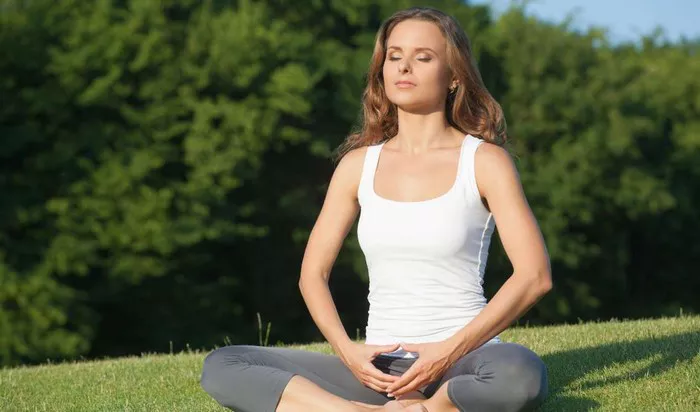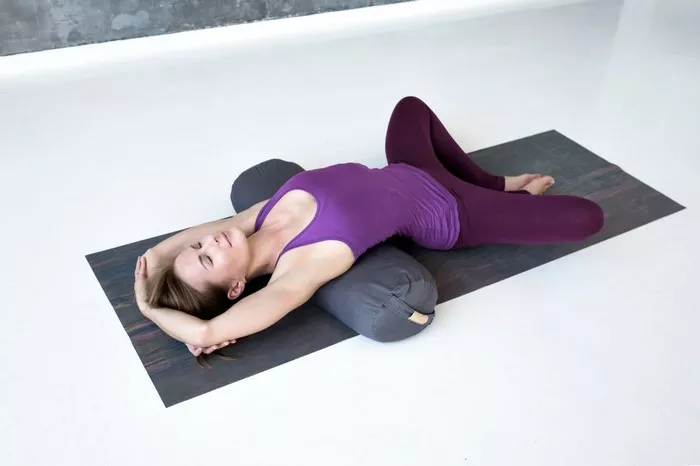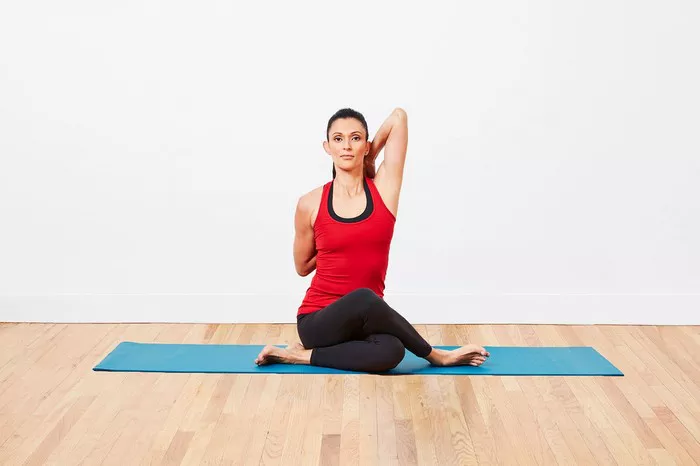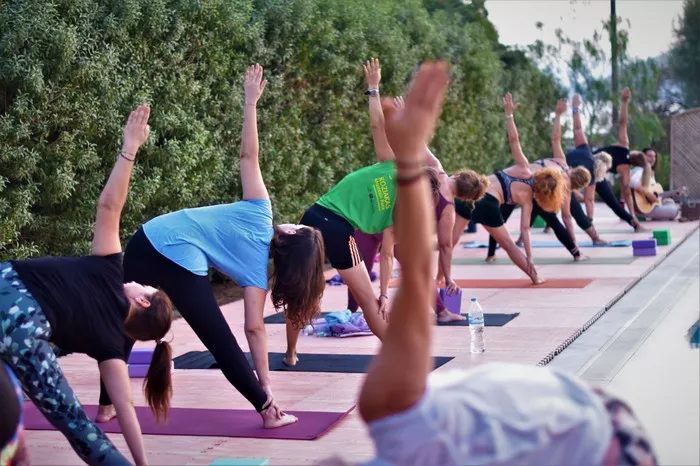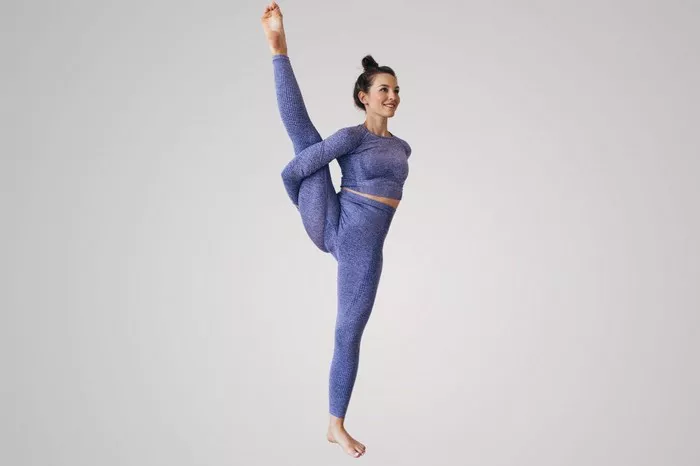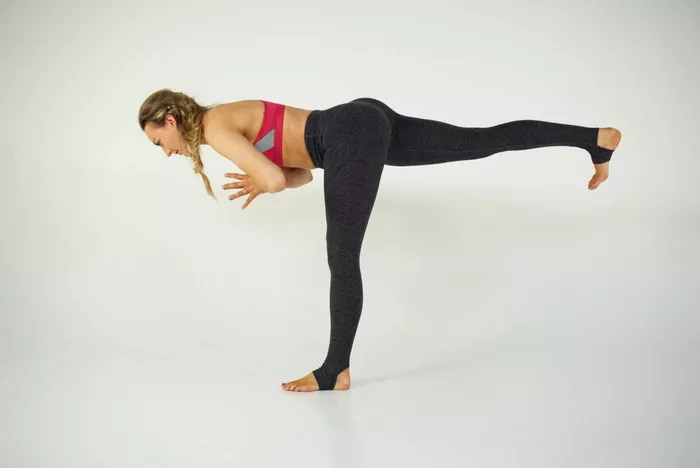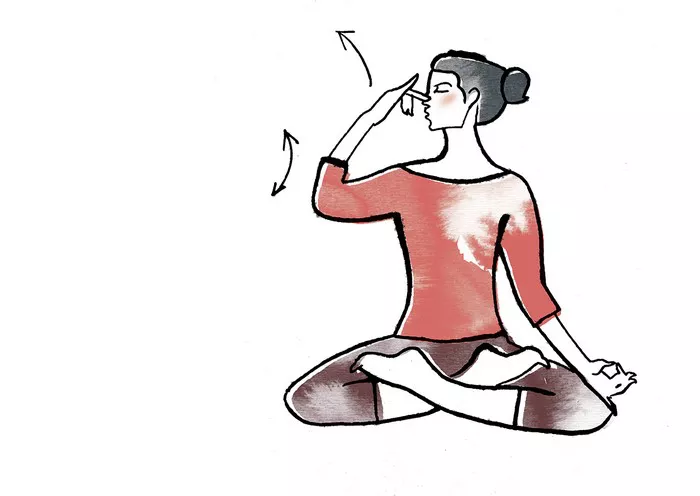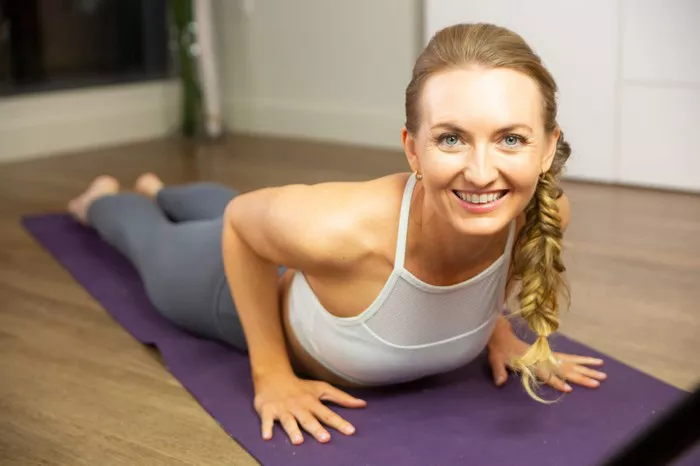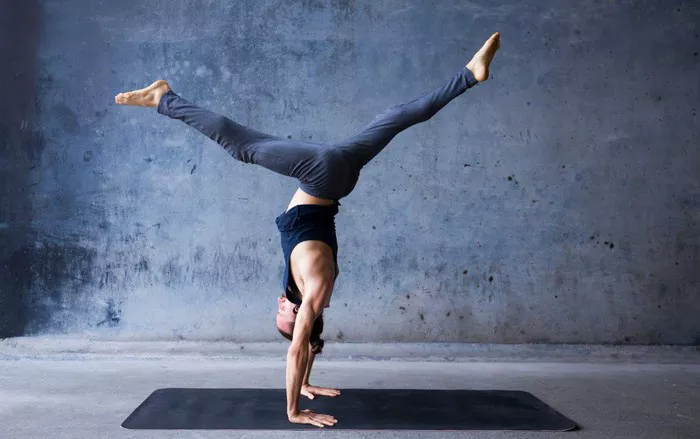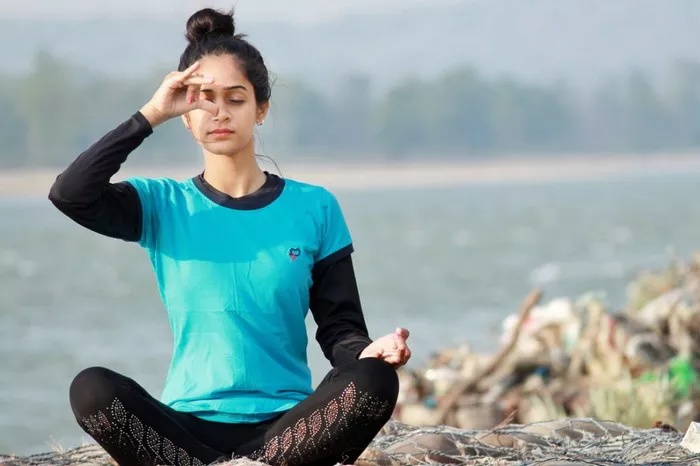Frozen shoulder, medically known as adhesive capsulitis, is a common condition characterized by stiffness, pain, and limited movement in the shoulder joint. It often develops gradually, making daily activities difficult and uncomfortable. The condition typically progresses through three phases: the freezing phase, where pain increases and movement becomes restricted; the frozen phase, marked by severe stiffness but less pain; and the thawing phase, where mobility slowly returns. While the exact cause is unclear, factors such as injury, prolonged immobility, diabetes, and certain medical conditions can increase the risk of developing frozen shoulder. Treatment usually involves physical therapy, medication, and sometimes surgery, but alternative approaches like Iyengar Yoga have gained attention for their potential benefits.
What is Iyengar Yoga?
Iyengar Yoga is a form of yoga developed by B.K.S. Iyengar that emphasizes precision, alignment, and the use of props such as blocks, straps, and bolsters. This style of yoga is known for its therapeutic qualities and suitability for individuals with physical limitations or injuries. Unlike some dynamic yoga practices, Iyengar Yoga focuses on slow, deliberate movements and holding poses for extended periods, which helps build strength, improve flexibility, and promote healing. The use of props enables practitioners to achieve correct postures safely, reducing the risk of strain or injury, making it an ideal approach for those suffering from conditions like frozen shoulder.
How Frozen Shoulder Affects Mobility and Quality of Life
The shoulder is a highly mobile joint, crucial for a wide range of movements including lifting, reaching, and rotating the arm. Frozen shoulder significantly impairs this mobility due to inflammation and thickening of the shoulder capsule, which restricts joint movement. This stiffness can cause considerable pain, especially when attempting to use the arm in daily tasks such as dressing, driving, or reaching overhead. The limited function and persistent discomfort often lead to frustration, decreased independence, and emotional stress. Therefore, effective management of frozen shoulder is essential not only for physical recovery but also for improving overall quality of life.
Traditional Treatment Options for Frozen Shoulder
Conventional treatments for frozen shoulder generally aim to relieve pain and restore mobility through several approaches:
- Physical Therapy: Guided exercises focus on stretching and strengthening the shoulder muscles to increase range of motion.
- Medications: Nonsteroidal anti-inflammatory drugs (NSAIDs) help reduce pain and inflammation.
- Corticosteroid Injections: These are sometimes used to alleviate severe inflammation and pain.
- Heat and Ice Therapy: Alternating heat and cold packs can provide symptomatic relief.
- Surgery: In rare cases, manipulation under anesthesia or arthroscopic surgery may be considered when conservative treatments fail.
While these methods can be effective, they might not fully address stiffness or improve joint function for all patients, which is why complementary therapies like Iyengar Yoga are explored.
Why Consider Iyengar Yoga for Frozen Shoulder?
Iyengar Yoga offers several unique advantages that make it particularly suitable for treating frozen shoulder:
- Precision and Alignment: Iyengar Yoga’s focus on proper alignment ensures that movements are done safely, minimizing the risk of further injury.
- Use of Props: Tools such as straps and blocks allow individuals to gradually stretch the shoulder without forcing painful or unsafe ranges of motion.
- Individualized Practice: The approach can be adapted to each person’s level of flexibility and pain tolerance.
- Gentle and Therapeutic: The slow, deliberate nature of Iyengar Yoga helps reduce inflammation and promotes blood flow to the affected tissues.
- Holistic Benefits: Beyond physical improvement, practicing yoga can reduce stress and improve mental well-being, which may aid in overall recovery.
Scientific Evidence Supporting Iyengar Yoga for Frozen Shoulder
Although research specifically focused on Iyengar Yoga and frozen shoulder is limited, several studies highlight the effectiveness of yoga in managing musculoskeletal conditions. Evidence suggests that yoga can improve joint mobility, reduce pain, and enhance muscle strength, all critical factors in treating frozen shoulder. In particular, Iyengar Yoga’s emphasis on alignment and support makes it a safe and practical choice for people with shoulder issues. Clinical trials have demonstrated improvements in range of motion and pain relief in patients practicing yoga regularly, supporting its potential as a complementary therapy alongside conventional treatments.
Key Iyengar Yoga Poses for Frozen Shoulder
Several Iyengar Yoga poses can be beneficial in treating frozen shoulder by gently stretching and strengthening the shoulder joint and surrounding muscles. These include:
- Tadasana (Mountain Pose) with Wall Support: Helps improve posture and shoulder alignment.
- Adho Mukha Svanasana (Downward-Facing Dog): Opens the chest and stretches the shoulders.
- Gomukhasana (Cow Face Pose) Arms: Focuses on shoulder rotation and flexibility.
- Setu Bandhasana (Bridge Pose): Strengthens the back and shoulder muscles.
- Supported Shoulder Stretch with Straps: Uses props to safely extend the shoulder without strain.
Practicing these poses under the guidance of a certified Iyengar Yoga instructor ensures correct technique and safety.
Safety Considerations and Precautions
When using Iyengar Yoga to treat frozen shoulder, it is important to observe several safety guidelines:
- Consult Your Healthcare Provider: Always get medical clearance before starting yoga, especially if your condition is severe.
- Work with a Qualified Instructor: An experienced Iyengar Yoga teacher can tailor the practice to your specific needs.
- Avoid Pushing Through Pain: Yoga should be gentle; sharp pain signals that a pose should be modified or avoided.
- Use Props: Proper support can prevent overstretching and injury.
- Progress Gradually: Mobility improvements take time; consistency is key.
Following these precautions maximizes benefits and minimizes risks.
Integrating Iyengar Yoga into a Frozen Shoulder Recovery Plan
For best results, Iyengar Yoga should be integrated with conventional treatment methods in a comprehensive recovery plan. A balanced approach may include:
- Regular physical therapy sessions focused on active rehabilitation.
- Iyengar Yoga practice 2–3 times per week to enhance flexibility and reduce pain.
- Pain management strategies, including medication as prescribed.
- Lifestyle modifications such as ergonomic adjustments at work and home.
Collaboration among healthcare providers, physical therapists, and yoga instructors ensures that treatment is safe, effective, and personalized.
Patient Experiences and Testimonials
Many individuals with frozen shoulder have reported positive outcomes after incorporating Iyengar Yoga into their recovery. Commonly noted benefits include:
- Increased shoulder mobility and reduced stiffness.
- Decreased pain levels during daily activities.
- Enhanced body awareness and posture.
- Greater relaxation and stress relief.
While individual results vary, these testimonials highlight the potential of Iyengar Yoga as a supportive treatment.
Limitations and When to Seek Other Treatments
Although Iyengar Yoga can be highly beneficial, it may not be suitable for everyone. Some limitations include:
- Severe cases requiring surgical intervention.
- Underlying conditions that contraindicate certain movements.
- Lack of access to qualified instructors.
If symptoms worsen or do not improve after consistent yoga practice, it is important to seek further medical evaluation to explore other treatment options.
Conclusion
Iyengar Yoga offers a promising, non-invasive approach to managing frozen shoulder by improving joint mobility, reducing pain, and enhancing overall shoulder function. Its emphasis on alignment, use of props, and therapeutic approach make it particularly suitable for individuals with shoulder stiffness and limited range of motion. When combined with conventional treatments and practiced under expert guidance, Iyengar Yoga can play a valuable role in a comprehensive frozen shoulder recovery plan. However, patients should always consult healthcare professionals to ensure safety and appropriateness before beginning any new therapy. Overall, Iyengar Yoga stands out as a gentle yet effective tool in the quest to alleviate the challenges posed by frozen shoulder.
Related Topics:

